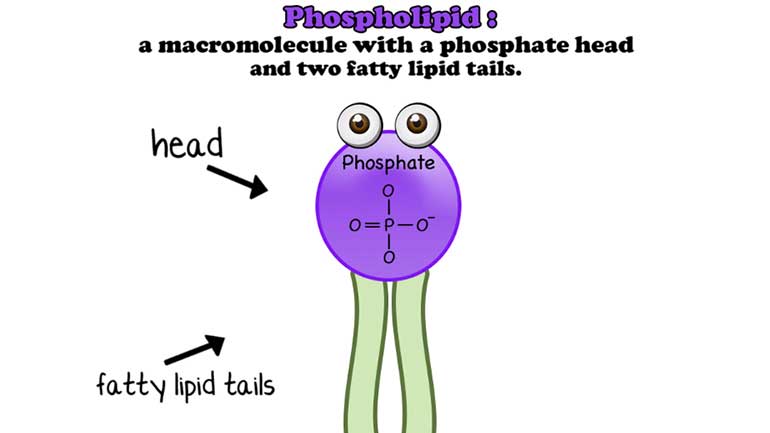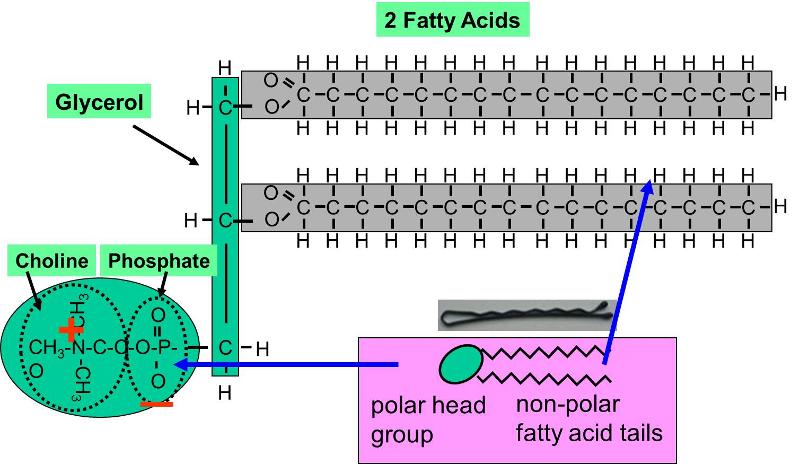Low battery
Battery level is below 20%. Connect charger soon.
Phospholipids make up only about 2 percent of dietary lipids. Phospholipids are major components of the plasma membrane, the outermost layer of animal cells. Phospholipid, any member of a large class of fatlike, phosphorus-containing substances that play important structural and metabolic roles in living cells. Because of its amphiphilic nature, … Lipids are molecules that include fats, waxes, and some vitamins, among others. Phospholipids[1] are a class of lipids whose molecule has a hydrophilic head containing a phosphate group and two hydrophobic tails derived from fatty acids, joined by an alcohol … They are partially water-soluble and partially fat-soluble and are found in both plants and animals. · the phospholipid bilayer consists of phospholipids arranged in two layers with exterior facing hydrophilic polar heads and interior hydrophobic non-polar tails. The phospholipids, with the … · phospholipids are the fat or lipids that are the main constituent of any cell membrane. Phospholipids are crucial for … We set out to make null mutants at the branch point of phospholipid biosynthesis, i. e. Their amphipathic nature allows them to form bilayers, which serve as the … Like fats, they are composed of fatty acid chains attached to a glycerol backbone. But if a single phospholipid can form a lipid bilayer, why should there be so many lipids (47)? · phospholipids are the building blocks of all the biological membranes that play a plethora of cell organelle functions and cellular functions. · a phospholipid is a type of lipid molecule that is the main component of the cell membrane. Phospholipids are essential molecules that play a key role in the structure and function of cellular membranes. These phospholipids comprise fatty acid molecules, one phosphate group, and …




